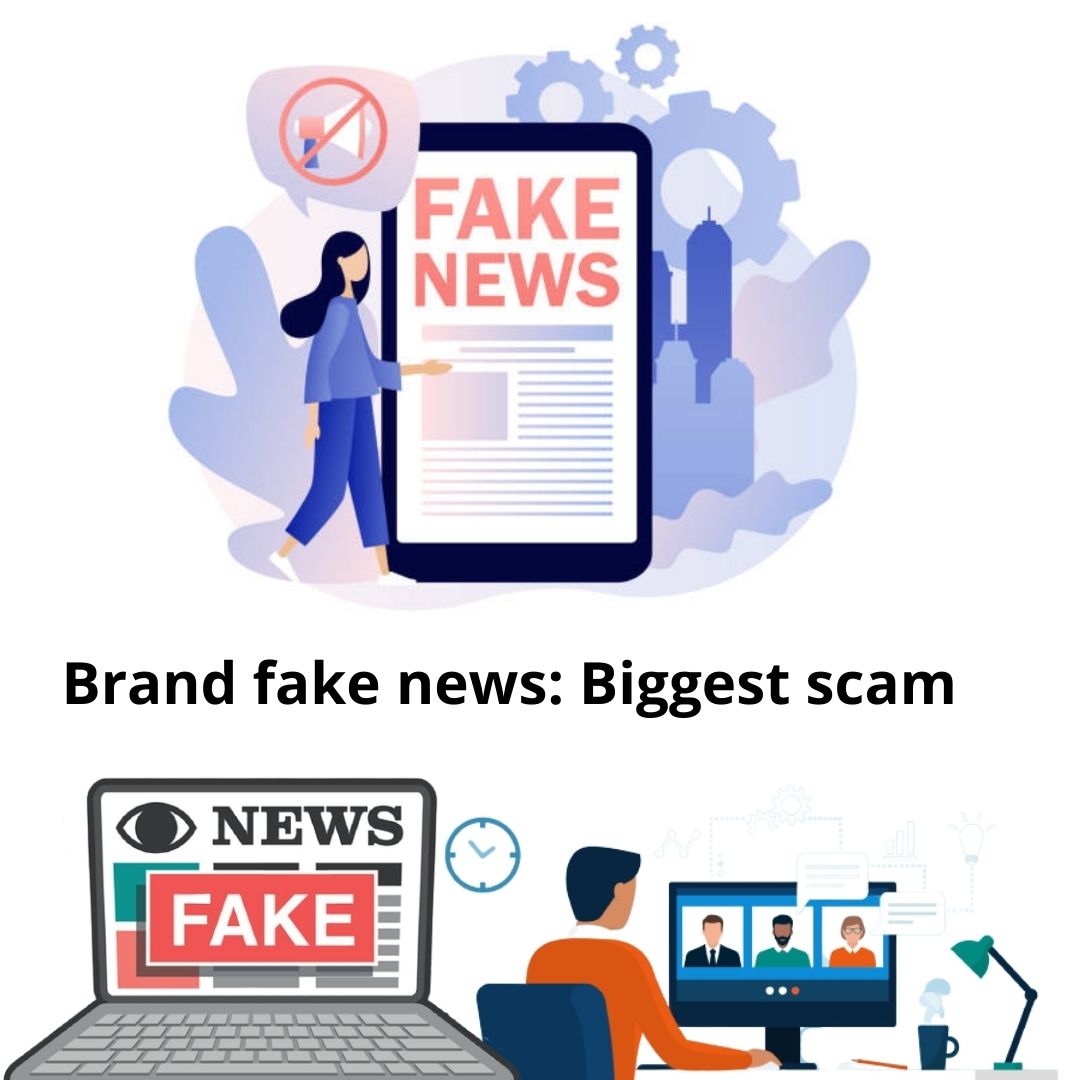As its name implies, “news” typically connotes the presentation of new information. The internet era has transformed the understanding of news. Because the internet allows communication that is not only instantaneous but also bi- or multi-directional, it has blurred the boundaries of who is a legitimate news producer. The growth of social media networks has also created new opportunities for automated and efficient newsgathering for journalists and newsrooms. Many newsrooms have started to perform news gatherings on social media platforms. Social media is creating changes in consumer behavior and news consumption. As we are well aware, altering the information spread through mass media, whether intentionally (disinformation) or unintentionally (misinformation), is not a new practice. However, misinformation and disinformation have been fueled by digital technologies in the past decades, thanks to the rapid growth of digital media, online news outlets, and social networks. The spread of fake news online has become a major issue. In short, fake news is information that is presented as legitimate but is actually untrue either partially or in its entirety. Including actual information in a fake article allows fake news to blend in. It becomes harder to identify, causing the reader to either believe all of the information in the article or completely reject everything about the topic.
It is said that Albert Einstein’s biggest fear resided in the thoughts that people will attribute fake quotes to him and millions of morons on the internet will believe it. Fake news and rumors thrive online because few verify what’s real and always bias towards content that reinforces their own biases. While having a cup of morning coffee and scrolling through your Facebook feed, one particular post grabs your attention because the heading or title looks attractive & eye-catching. You don’t even read the subheading about the detailed information which could be quite contrasting to the heading or intention or relevance it intends to serve as per your expectations. But you somehow, read it, share it because of a few alterations the news must have made to make it spicy. This is exactly how misinformation spreads.
Even the words of our honorable President, Mr. Kovind, shows the concern on how fake news can be manipulative and at the same time, dangerous to society. As he said, ‘’Fake news has emerged a new menace, whose purveyors proclaim themselves as journalists and taint this noble profession.’’ Despite the relatively recent growth in awareness, fake news has always been around. People don’t realize the intensity of the consequences fake news may lead to, while if talk historically, it has led to death and the destruction of private property, while more recently it resulted in calls for boycotts and the near-constant spread of polarizing and potentially harmful misinformation. While its exact definition was not entirely clear at the beginning, the boundary between fake news and real news is now even less distinct with everything from truly false information to satire being labeled fake news.
Social media can largely be blamed for the lack of a definite distinction due to how flippantly information, true or not, can be spread on these platforms.Discerning “fake” from “real” news is difficult for anyone, and I don’t believe that there is a “magic recipe” , nor a magic vaccine for that matter, but that doesn’t mean we shouldn’t try. The focus on fake news’ impact almost exclusively on politics might lead some to disregard it as irrelevant. But recent events are revealing that fake news can be weaponized against far more than politics. Identifying fake news can be confusing but a categorization may be helpful to trace them to a certain extent. There are four broad categories of fake news :
TYPE 1: Fake, false, or regularly misleading websites that are shared on Facebook and social media. Some of these websites may rely on “outrage” by using distorted headlines and decontextualized or dubious information in order to generate likes, shares, and profits.
TYPE 2: Websites that may circulate misleading and/or potentially unreliable information
TYPE 3 : Websites which sometimes use clickbait-y headlines and social media descriptions
TYPE 4 : Satire/comedy sites, which can offer important critical commentary on politics and society, but have the potential to be shared as actual/literal news.
Basis on this categorization, here are some useful “post-truth” rules of thumb to spot or identify fake or misleading information or news :
- Search for the facts, If you see a story that looks fishy, you can often find out if it’s true via a search engine
- Read beyond the headline.
- Don’t fall for clickbait, If it sounds too ridiculous to be true, it probably is.
- Be aware of politically framed content. Check your biases. Does it take you less than 2 seconds to vehemently agree or disagree with an article or headline?
- Facts go viral less often than falsehoods. Remember, Virality is not always a good indicator of what’s important.
- Verify the source and context. Many fake news articles state blatant falsehoods without providing a source. They get away with it because we are constantly bombarded with information.
- Don’t get most of your news from social media websites. These are not fact-checked news sites. Social media websites allow businesses and political campaigners to target you with sponsored ads that look like real stories.
- Consult the experts, reach out to the people who carry a keen knowledge in that domain.
Long story short, From hyped-up television broadcasts to fake news websites, unreliable news sources have become a global issue. It might take some time and critical thinking, but there are plenty of ways to tell if an article or broadcast is legitimate. When evaluating a news story, look for spelling errors, poor grammar, and dramatic language and punctuation. Examine the author and publisher, see if other news organizations have covered the topic, and use fact-checking resources to vet a suspicious story. These are just indicators of course, but once you get the hang of it, don’t forget to pay it forward, let’s help inoculate each other against the spread of misinformation. It’s the “take only photographs, leave only footprints” for the post-truth era. You can help shape the media you want, too. Pay attention to the journalism you value.




